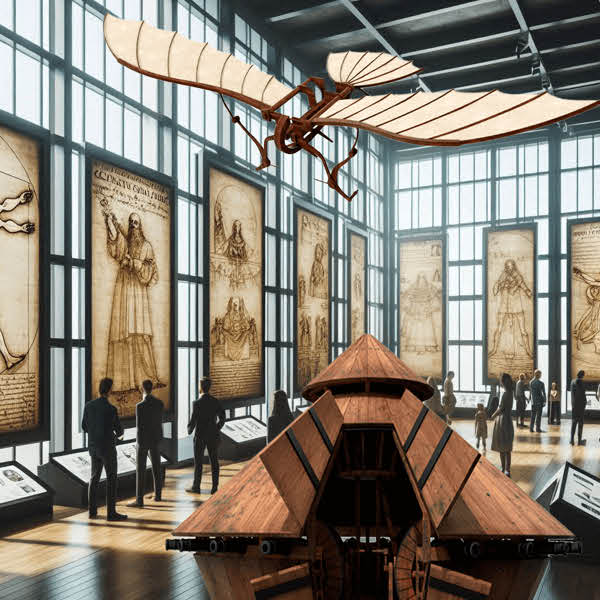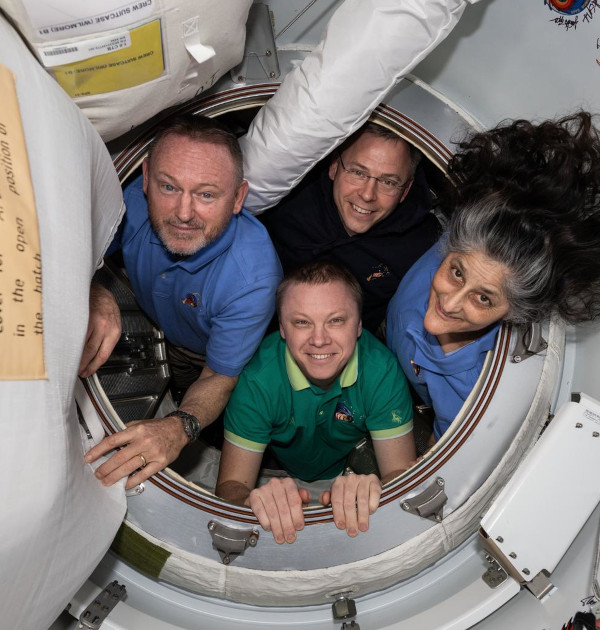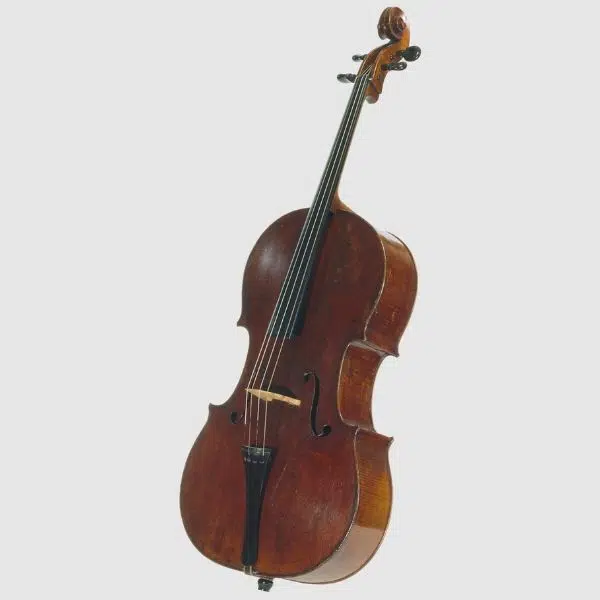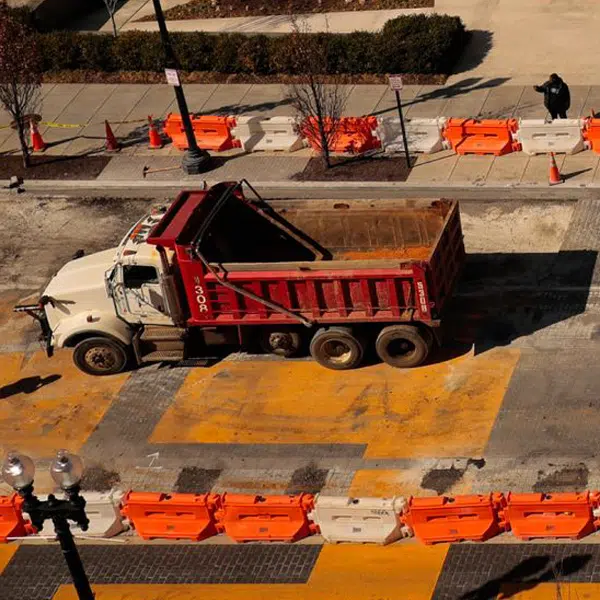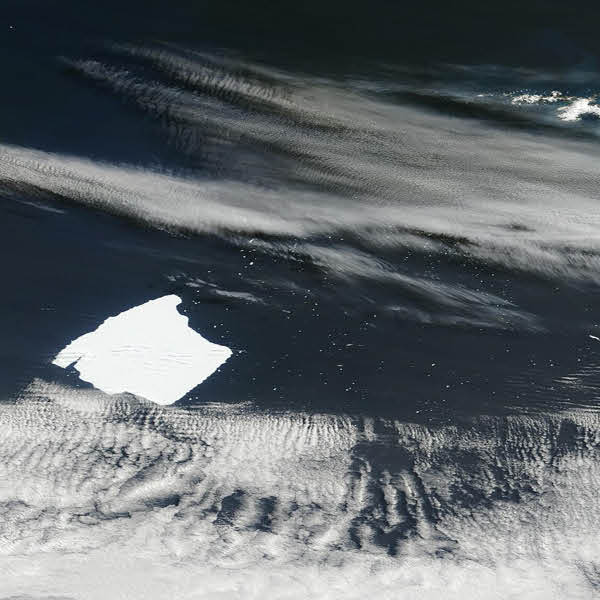
Stock Photos from fizkes/Shutterstock
The phrase “social distancing” might be all that you hear about right now in the wake of the COVID-19 pandemic. But in a March 20, 2020 press briefing by the World Health Organization (WHO), the expression was rarely uttered—and there’s a good reason for it. The WHO is now suggesting that people use the phrase “physical distancing” to emphasize the need to physically—but not socially—separate themselves from others.
“We're changing to say physical distance and that's on purpose because we want people to still remain connected,” Dr. Maria Kerkhove, a WHO epidemiologist, said in the briefing. “So find ways to do that, find ways through the internet and through different social media to remain connected because your mental health going through this is just as important as your physical health.”
As we’ve seen over the past month, people are amazing at finding creative ways to stay socially connected while they remain in their homes. Artists are hosting online drawing challenges, celebrities are having storytime, and world-famous musicians are holding intimate concerts in their living rooms. And with many museums—and even the national parks—online, there are plenty of resources to help us stay engaged, entertained, and not go too stir crazy.
So, when you do venture outdoors, how far should you physically distance yourself from other people? The guidelines vary based on your country, but in general, you should place about six feet of space between yourself and another person. This is in addition to the other coronavirus prevention recommendations that include not touching your face and also making sure you wash your hands for at least 20 seconds—or roughly the length of choruses from these hit pop songs.
h/t: [IFL Science!]
Related Articles:
Doctors Around the World Beg Public to Stay At Home During Coronavirus Pandemic
You Can Take Virtual Tours of the U.S. National Parks While You’re Social Distancing
This Matchstick Animation Helps People Understand the Importance of Social Distancing












































































